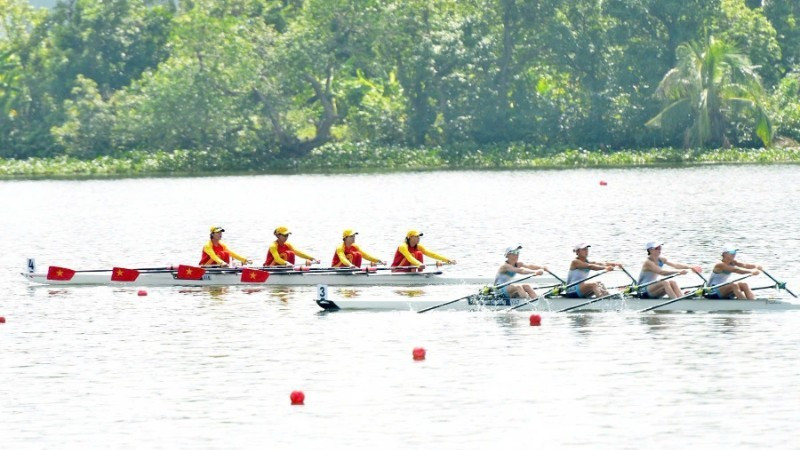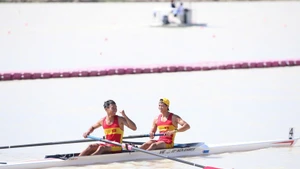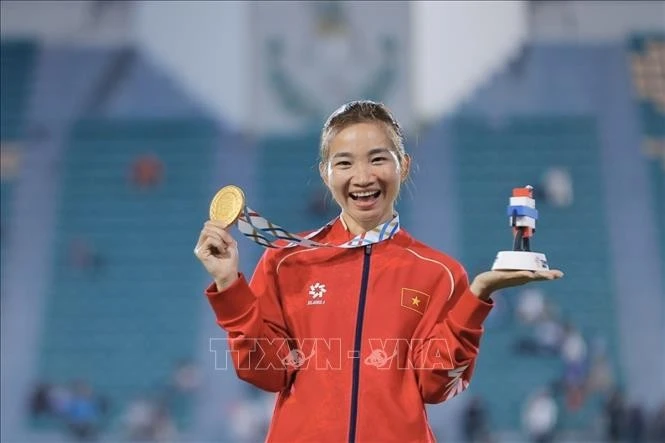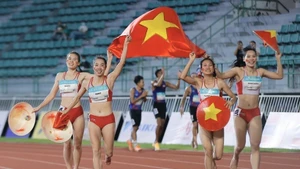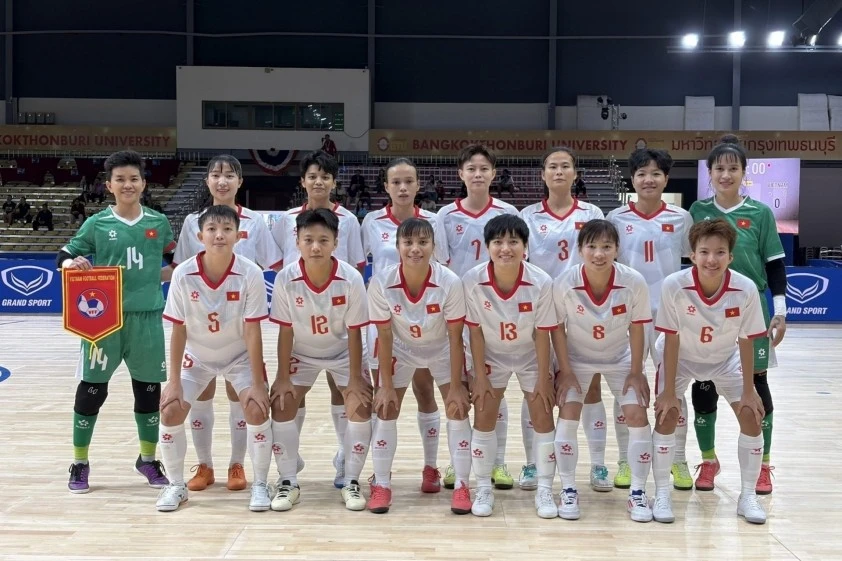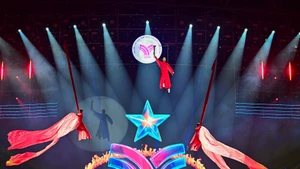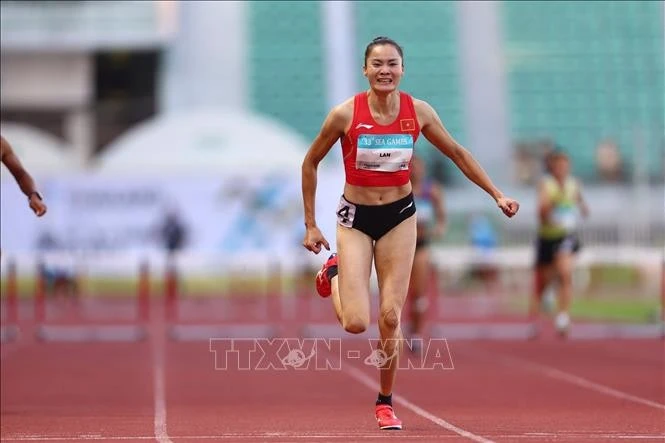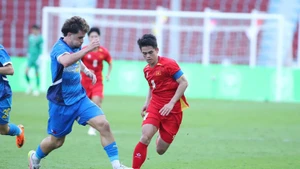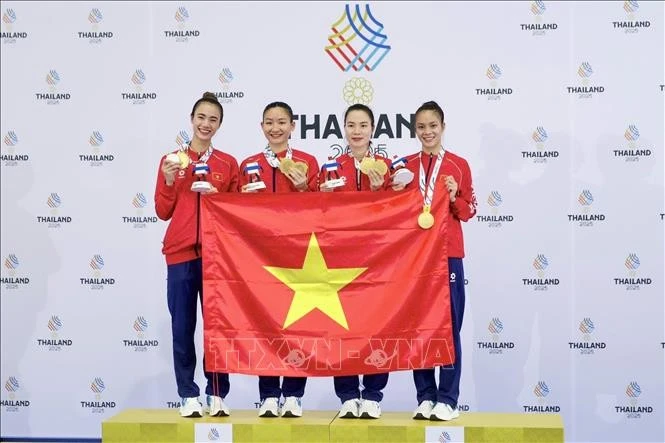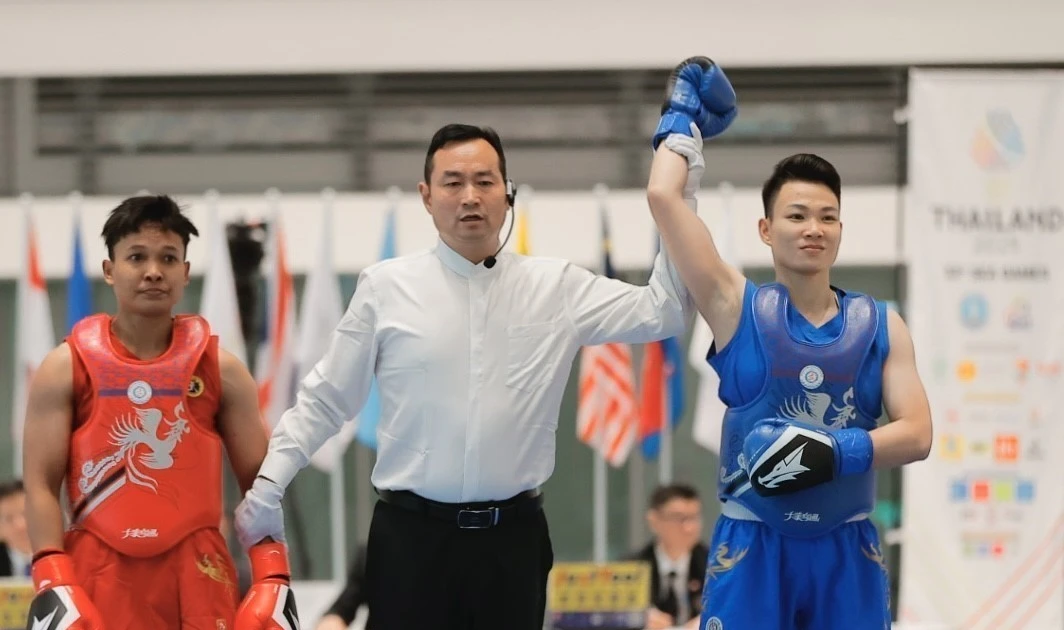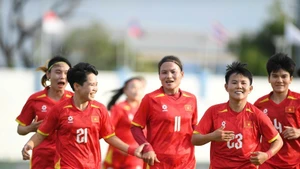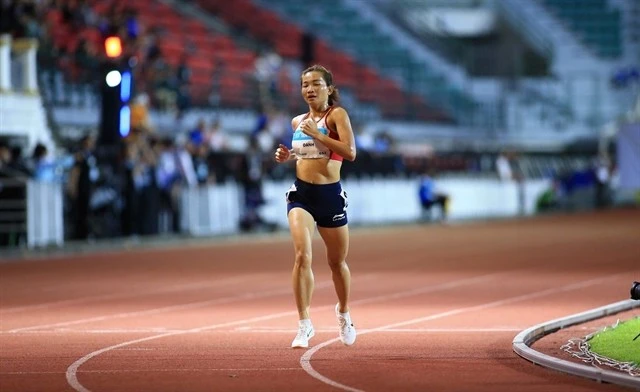This achievement reaffirmed the dominant position of Viet Nam’s women’s rowing in the region and bolstered confidence ahead of the upcoming 33rd SEA Games.
Notably, five out of the six gold medals came from events included in the SEA Games 33 competition schedule, which will take place in Thailand later this year. This result reflects the team’s thorough preparation and consistent form, as well as their standing as the leading women’s rowing squad in Southeast Asia.
According to experts, the female athletes have demonstrated not only superior physical strength but also impressive synchronisation, tactical acumen, and intense focus—factors that made a clear difference across events.
Viet Nam rowing is no longer an unknown quantity in Southeast Asian sports. Over several SEA Games editions, the Viet Nam national team has consistently ranked among the top medal-winning delegations. At the 31st SEA Games, Vietnamese rowers brought home eight gold medals.
In 2025, that success was consolidated when Viet Nam topped the medal table at the Southeast Asian Rowing Championships with 14 golds, far surpassing Thailand and Indonesia. This remarkable feat serves as both motivation and pressure as the team embarks on preparations for SEA Games 33.
Across the region, neighbouring countries have been heavily investing in rowing—equipping athletes with modern facilities and organising training camps in Europe and Australia. Maintaining the top position demands not only spirit but also innovation in coaching methods.
To prepare for SEA Games 33, the Viet Nam Sports Administration has outlined a three-phase training plan for the rowing team: building physical endurance, improving technical speed, and refining tactical execution. Each day, rowers begin training at 5 am, covering over 20 kilometres on the lake. Afternoon sessions focus on strength enhancement, weightlifting, endurance running, and recovery exercises.
Athlete Pham Thi Thao, a multiple SEA Games gold medallist, shared: “Rowing is a sport that requires full-body strength and absolute synchronisation between breathing, strokes, and balance—just one mistimed movement can cause the boat to lag by a whole metre.”
Veterans such as Ta Thanh Huyen, Pham Thi Thao, and Luong Thi Thao once formed the golden generation of Viet Nam rowing, but SEA Games 33 marks a clear generational shift. Many young athletes born after 2002 are now joining the national squad, coming from strong sports hubs such as Hai Phong, Bac Ninh, Thanh Hoa, and An Giang.
Rowing is a sport that requires full-body strength and absolute synchronisation between breathing, strokes, and balance—just one mistimed movement can cause the boat to lag by a whole metre.
Athlete Pham Thi Thao, Viet Nam National Rowing Team
Head coach Phan Manh Linh noted that the team’s goal is not only to defend their titles but also to provide international competition opportunities for younger athletes, helping them gain valuable experience and composure. A key innovation in training has been the use of data analysis and slow-motion video technology to fine-tune rowing techniques.
The Institute of Sports Science is also collaborating to monitor each athlete’s physiological indicators and nutrition. By tracking workload using heart rate monitors, power meters, and stroke frequency sensors, coaches can create training plans that are more tailored and realistic, avoiding overtraining or injury.
At SEA Games 33, host nation Thailand will organise ten rowing events, equally divided between men and women. Thailand remains Viet Nam’s strongest rival, particularly in men’s rowing, with a squad that has undergone long-term training in Europe. Indonesia and Singapore are also rapidly advancing, having sent athletes to Australia for intensive training. The performance gap among the teams is narrowing; however, even a minor error at the start or in stroke coordination could cost a medal.
Beyond the SEA Games, Viet Nam rowing is aiming higher—with the ambition of qualifying for the 2028 Olympic Games. To achieve this, the team must perform strongly at continental competitions, especially the 2026 Asian Championships. The Viet Nam Rowing Federation plans to send the national team for long-term training in Japan or the Republic of Korea after SEA Games 33, both of which offer advanced facilities and conditions similar to the Olympic environment.
The federation has also proposed increased investment in specialised equipment such as international-standard racing boats and rowing power meters—essential tools for modern training.
Looking back over nearly a decade, Viet Nam rowing has established itself as a formidable force in the region. Despite limited infrastructure, the team’s success stands as a testament to the athletes’ discipline and resilience.
Rowing is a sport of perseverance—once you stop rowing, the boat drifts backward. Viet Nam’s rowers may lack material resources, but they never lack determination. That spirit, combined with increasingly professional support from the sports sector and growing social engagement, continues to propel the team forward in their quest to defend their regional crown and move closer to continental and global arenas.
